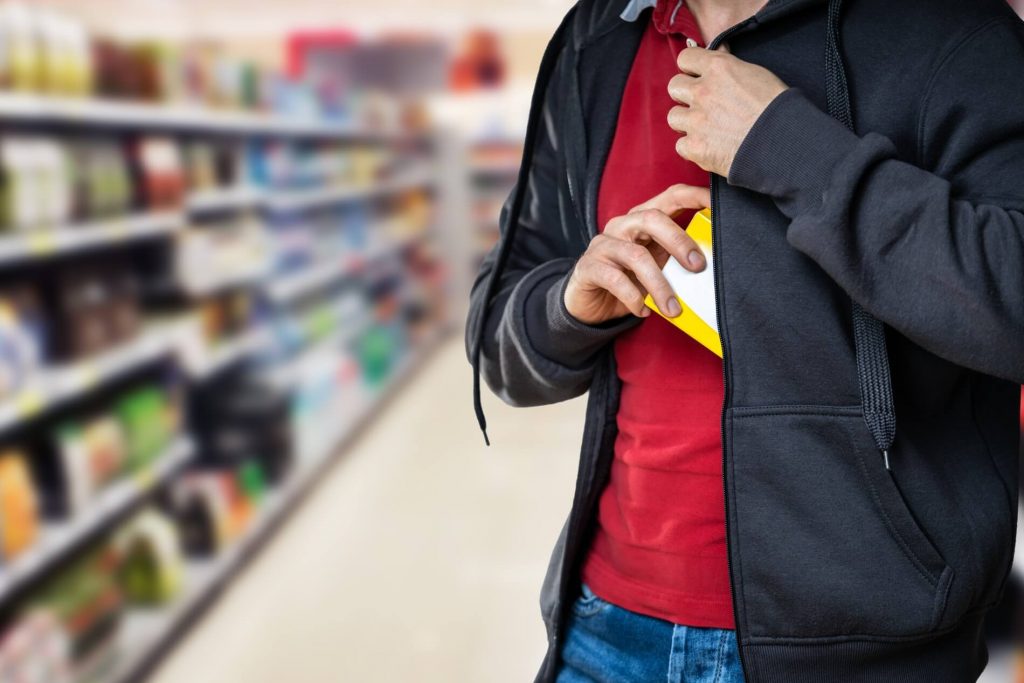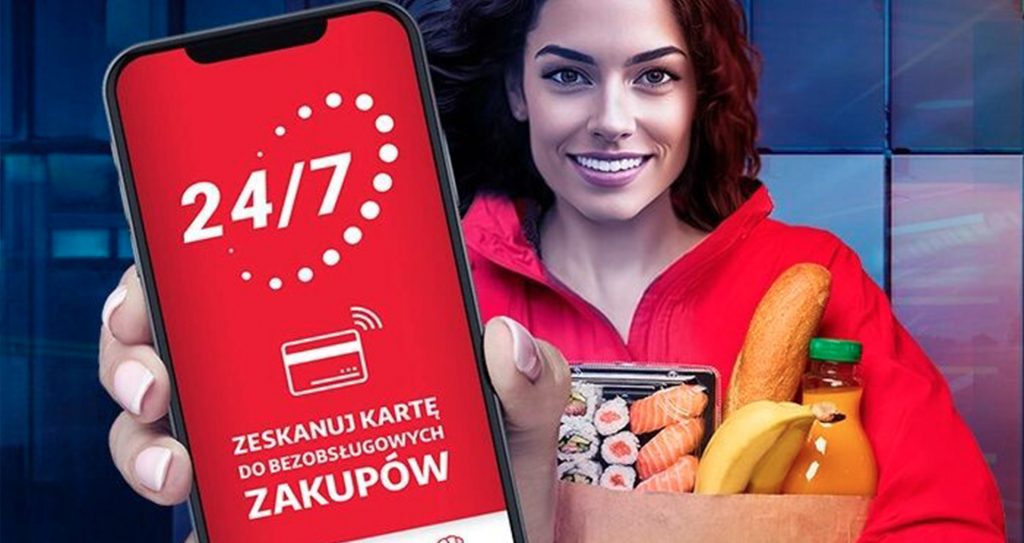How POS Analytics and Computer Vision Are Revolutionizing Retail Loss Prevention
Retailers face increasing challenges in loss prevention, with shrinkage costing the industry an estimated $112 billion annually. To tackle this, the combination of POS analytics and computer vision offers a cutting-edge solution. These technologies, when integrated, not only reduce theft but also optimize inventory management, improve customer service, and enhance operational efficiency. In today’s competitive market, adopting such technologies is no longer optional—it’s essential for success.
What is POS Analytics in Loss Prevention?
POS analytics involves collecting and analyzing transaction data to gain insights into customer behavior and identify fraudulent patterns. When applied to loss prevention, POS analytics offers several key capabilities:
- Transaction Monitoring: Tracks every transaction in real-time, enabling immediate response to irregularities.
- Pattern Recognition: Detects unusual sales patterns, such as voided transactions or excessive discounts on high-value items, which may indicate fraud.
- Sweethearting Detection: Identifies employee theft by flagging instances where cashiers fail to scan items for friends or family.
POS analytics helps retailers identify vulnerabilities in their sales process and implement measures to prevent further loss.
The Power of Computer Vision in Retail
Computer vision leverages AI-powered analysis of feeds from cameras and sensors to create a Store Digital Twin, a real-time visual model that tracks the interactions of products and shoppers, as well as shopper behavior. This technology goes beyond traditional CCTV by identifying why certain actions, with the advantage of being able to do it simultaneously and automatically on multiple feeds. This offers retailers a deeper understanding of store activities. Key features of computer vision include:
- Real-Time Visual Verification: Ensures that scanned items at checkout match what’s placed into shopping bags, detecting unscanned or misplaced items.
- Behavior Analysis: Identifies suspicious behaviors such as lingering in high-risk areas or handling high-value items in unusual ways.
- Employee Monitoring: Tracks employee actions to ensure they follow procedures and detect any potential theft.
Computer vision acts as a virtual security guard, alerting on suspected theft by analyzing behavior patterns and driving staff to intervene before incidents occur.
The Synergy Between POS Analytics and Computer Vision
When POS analytics and computer vision are integrated, they form a comprehensive loss prevention system. Here’s how they work together to reduce shrinkage:
- Real-Time Transaction Monitoring with Visual Confirmation: The system tracks every item scanned at checkout and compares it to what is visually detected in the cart.
- Detection of Scan Avoidance: The combination of POS data and computer vision flags items that are not scanned, enabling staff to address issues in real-time.
- Sweethearting Prevention: While POS analytics identifies patterns of sweethearting, computer vision provides the visual evidence, offering a dual-layered approach to employee theft prevention.
- Employee Behavior Analysis: By combining transaction data with physical monitoring, retailers can identify discrepancies and potential theft during checkout.
This integrated approach ensures a higher level of security and operational efficiency, providing retailers with actionable insights.
Benefits Beyond Loss Prevention
The integration of POS analytics and computer vision not only reduces shrinkage but also offers several additional benefits:
- Improved Customer Service: With automated monitoring in place, staff can focus on engaging with customers instead of manually watching for theft.
- Enhanced Inventory Management: Computer vision tracks real-time inventory levels, enabling predictive restocking and optimized stock management to meet customer demand.
Privacy and Ethical Considerations
Retailers adopting these technologies must prioritize customer privacy and data security. The Trigo system’s personal data processing adheres to applicable privacy standards, including GDPR compliance. Key privacy features include:
- Focus on Actions, Not Identities: Trigo’s system tracks shoppers’ activities without using facial recognition or any other other biometric processing aimed at identifying a person, meaning it monitors behavior without capturing or relying on personally identifiable information.
- Data Security: All collected personal data is stored securely, with restricted access to authorized personnel.
This focus on privacy ensures that retailers can use these technologies ethically while safeguarding customer personal information.
Future of Retail with AI and Computer Vision
The integration of AI, POS analytics, and computer vision is just the beginning. Future developments include:
- Smarter Inventory Management: AI will predict demand fluctuations, ensuring shelves are stocked with the right products at all times.
- Frictionless Shopping Goes Mainstream: As computer vision technology evolves, checkout-free stores will become even more prevalent, allowing more customers to simply walk out with their purchases while being automatically billed.
Retailers that embrace these innovations will be better positioned to compete in the fast-evolving market.
Conclusion: Elevate Your Retail Loss Prevention Strategy
In today’s competitive retail environment, the integration of POS analytics and computer vision offers the ultimate solution for reducing shrinkage, improving operations, and enhancing customer service. By adopting these technologies, retailers can protect their assets, optimize inventory, and streamline store operations.
FAQ
How does computer vision detect theft at checkout?
Computer vision verifies that each item scanned matches what’s placed in the cart, alerting staff if discrepancies occur.
What’s the main advantage of combining POS analytics and computer vision?
The combination provides both transactional insights and visual confirmation, increasing accuracy in theft detection and fraud prevention.
How is customer privacy protected?
Trigo’s system tracks behaviors without using facial recognition or other processing of biometric data for identification purposes, focusing on actions rather than identities to maintain privacy.
Can these technologies help with inventory management?
Yes, both POS analytics and computer vision track real-time inventory levels, improving stock management and predicting restocking needs.
Is it difficult to implement these systems?
With the right technology partner, integration is straightforward. Trigo’s solutions work seamlessly with existing retail infrastructures.







